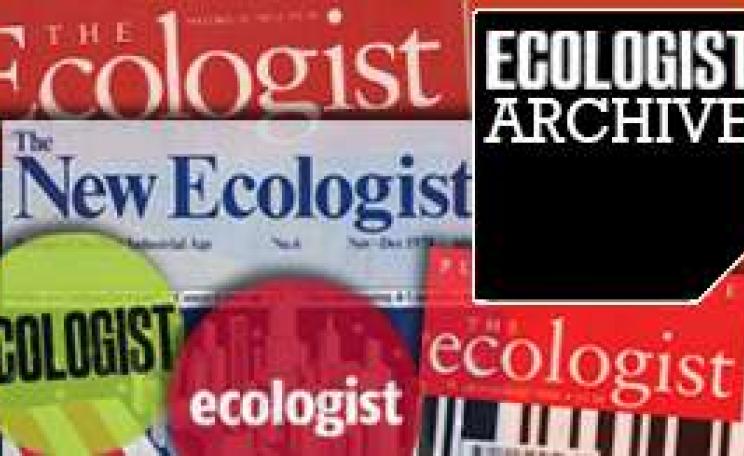The American Chamber of Commerce has an EU Committee whose purpose is to put the views of ‘European companies of US parentage to EU institutions’. The Economist describes AmCham as ‘the most effective lobbying force in town’. Its heavyweight members include AOL Time Warner, Boeing, Cargill, Chiquita, Coca Cola, ExxonMobil, Goldman Sachs, McDonald’s, Microsoft, Monsanto, Nike, Syngenta and Walt Disney.
AmCham is lobbying for the elimination of remaining trade barriers and for the liberalisation of trade in services. The European Roundtable of Industrialists includes 45 ‘captains’ of European industry. It has been pushing since 1998 for a WTO investment agreement that would stop countries reversing investment liberalisation. Its members include British American Tobacco, Unilever, Siemens, Nokia, Nestlé, Bayer, Shell and BP.
The European Services Forum is the umbrella organisation for Europe’s largest service-sector corporations. It was created to ‘advise EU negotiators on the key barriers and countries on which they should focus’, and is the muscle behind the EU’s aggressive promotion of Gats. ESF managing director Pascal Kerneis brags about being able to contact the European Commission every day. ESF has unparalleled access to all levels of EU policy making. Its members include Barclays Bank, British Telecom, Marks & Spencer, Accenture, Vivendi Environment and Suez.
The International Chamber of Commerce describes itself as ‘the world’s only truly global business organisation’. Through its national committees, it offers its members ‘direct access to national governments all over the world’. Members include British Aerospace, Coca Cola, Dow Chemical, ExxonMobil, Ford and General Motors. The ICC is lobbying for an investment agreement that would allow companies to sue governments directly if they pass any laws that the companies think are in breach of it.
This article first appeared in the Ecologist June 2004




